Caught between two worlds, walking in Calcutta’s grey town
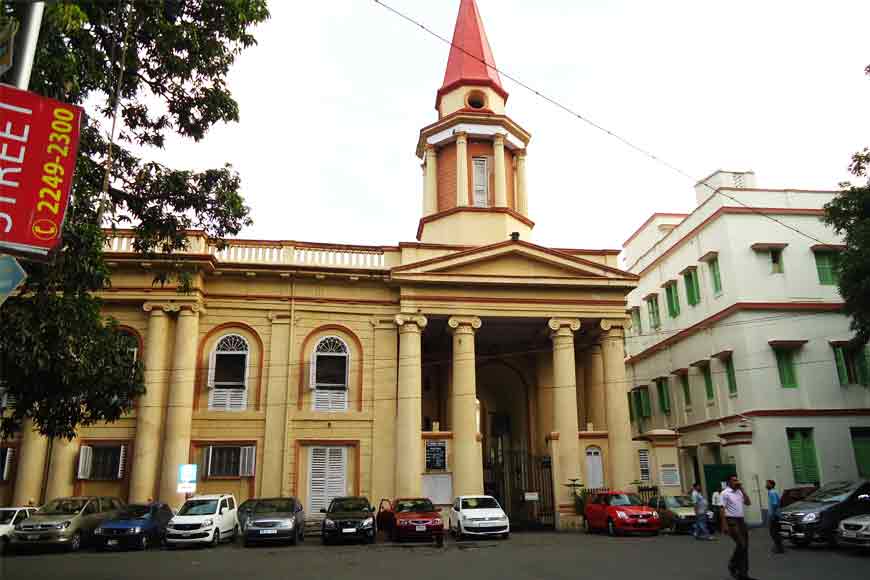
St Thomas’ Church, Middleton Row
We ended last week at New Market, and if you have had your fill of shopping, we can now walk on through a most interesting part of the city. As Calcutta grew and evolved, this was part of the area which became a meeting point between the ‘black’ and ‘white’ parts of town. This ‘grey’ town covered roughly the area between Bow Barracks to the north and Park Street to the south, and was bordered on east and west by Free School Street and Chowringhee Road respectively. As we walk through, we will also take in two churches dedicated to St Thomas, and India’s oldest and largest museum.
Point A - St Thomas’ Church, Free School Street
Built in 1810, Free School Street was named after the Free School under the Old Mission Church, a successor to the Charity School set up in the Dalhousie area in 1729. The two became one in 1800, and the road on which this new entity stood was renamed Mirza Ghalib Street after the celebrated Urdu poet, though the old name retains its stronghold.
Right next to the Fire Brigade Headquarters on Free School Street is St Thomas’ Church, set up in 1831. Its foundation stone was laid by Governor-General William Bentinck’s wife Lady Bentinck on April 13, 1830 and it was consecrated by Anglican Bishop Wilson on February 2, 1833. The church is still operational and holds regular Sunday services. Of special interest is its lovely sandstone spire.
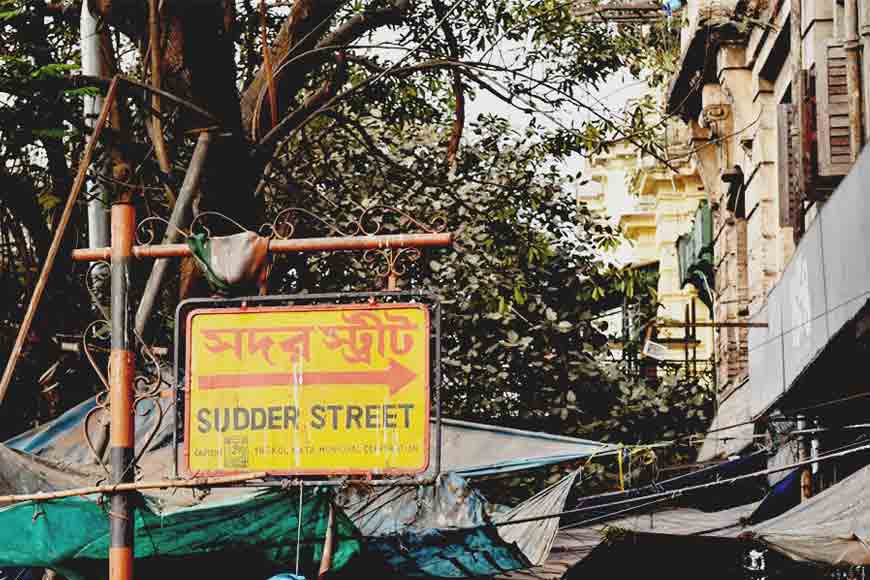
Point B - Sudder Street
This otherwise narrow, crowded street, which begins exactly opposite the Fire Brigade Headquarters and ends near the Indian Museum entrance on Chowringhee Road, is of immense cultural importance to Bengal, which is sadly not reflected in its present condition. It was at 10, Sudder Street that Rabindranath Tagore lived for a time with his elder brother Jyotirindranath and sister-in-law Kadambari Devi in 1882, and it was in this house that the 21-year-old wrote his iconic poem, ‘Nirjharer Swapnabhanga’. Today, all that remains of that special era is a bust of Tagore and a plaque detailing why this building, now an unremarkable hotel, is special.
Read the earlier episodes of our walk :
Enjoy the lockdown with your very own customised Kolkata Walk
A little bit of BBD Bag, a whole lot of Calcutta
Esplanade, the beating heart of old Calcutta
The places of worship in old Calcutta, and what we learn from them
Walk on for a perfect balance of religion and commerce
On the waterfront: a walk along the Hooghly
Walking around the ‘native’ palaces of Kolkata
A walk down Sealdah and Bowbazar, among the oldest areas of Kolkata
Walking through the centre of Kolkata
Old Calcutta’s temple trail, a cultural odyssey
Lost in obscurity, Calcutta’s oldest surviving temples
Walking down College Street, home to temples of learning
From Kali to Jagannath to Star Theatre, a walk to remember
Back to ‘saheb para’, the heart of White Calcutta
The famous Elgin Fairlawn Hotel, housed in a building which was built in 1783, is also situated at the junction of Madge Lane and Sudder Street. Indeed, the entire Sudder Street-Free School Street area is a haven for budget foreign travellers and backpackers courtesy its many cheap hotels. The Fairlawn building was constructed by one William Ford, after whom Sudder Street was originally called Ford Street in 1784. It then became Speke Street in 1789 after Peter Speke, a member of the Governor’s Council, whose residence stood in the middle of what became the Indian Museum compound. The house still stands today, as the office of the museum’s trustees.
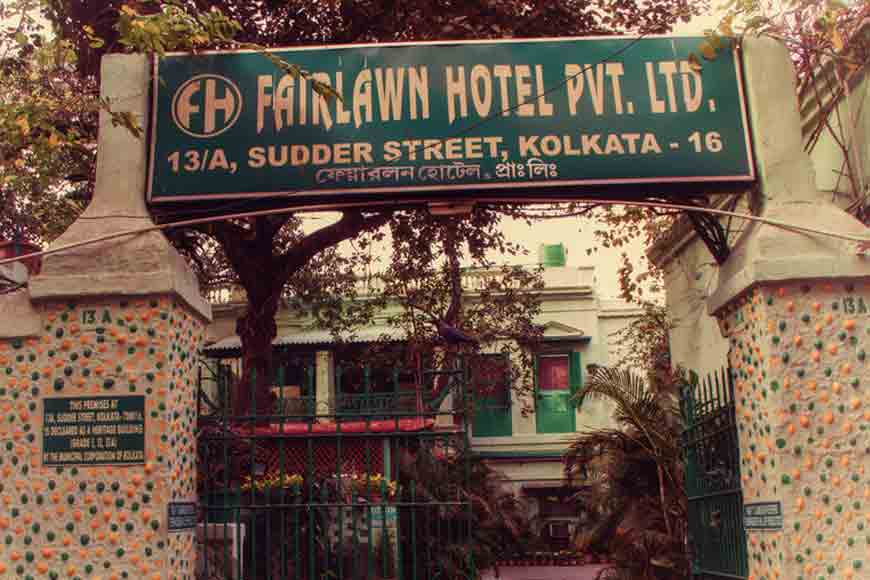
Sudder Street got its current name from the ‘Sudder Dewany Adawlut’ (Sadr Diwani Adalat or City Civil Court), which came up in Speke’s former residence in 1825. The building later became the living quarters of the museum’s superintendent before assuming its current role.
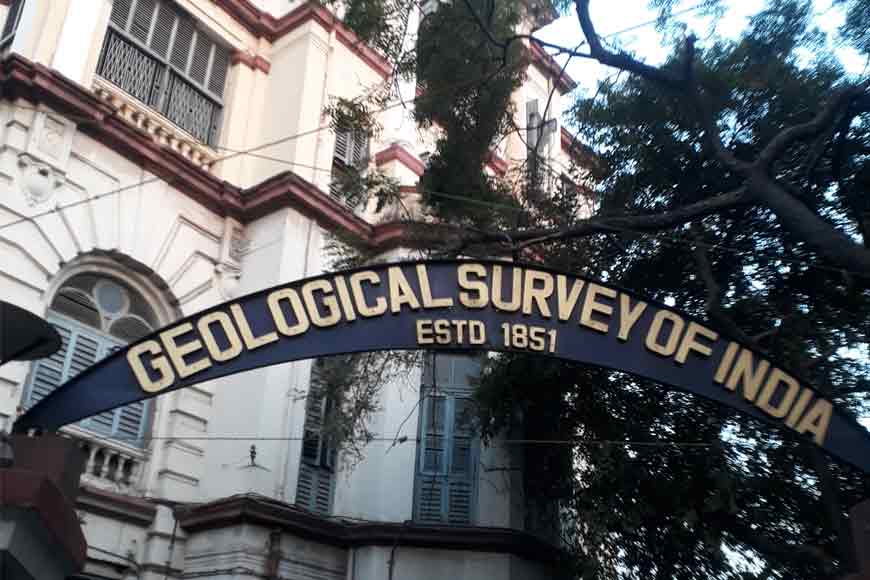
Also on Sudder Street is the magnificent red-brick structure housing the Geological Survey of India and the library of the Botanical Survey of India, both pioneering institutions which did much for the spread of scientific education in the country. Near these two and opposite the museum’s Sudder Street entrance is the well-maintained Wesleyan Chapel set up in 1866, which has retained most of its original architecture, including the wooden rafters inside, now hard to find anywhere else in the city.
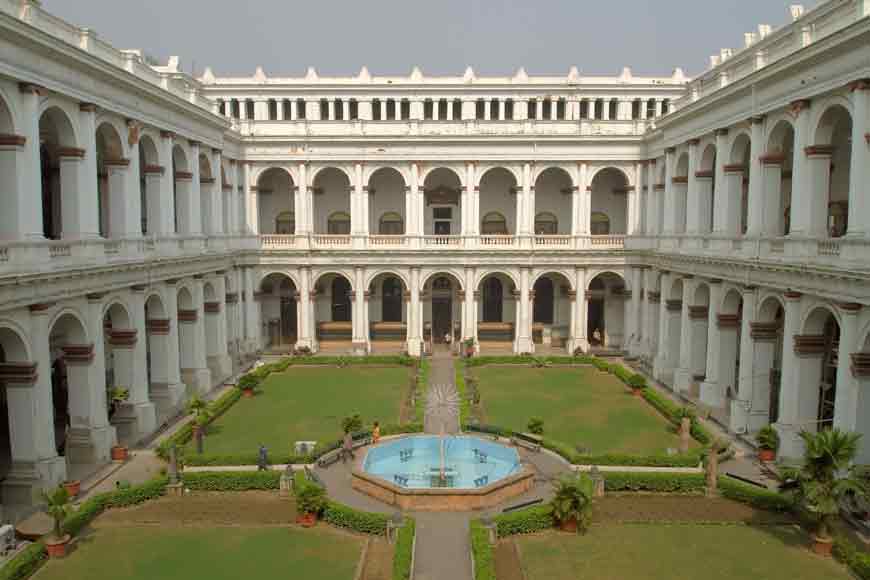
Point C - Indian Museum
The Indian Museum was referred to as the ‘Imperial Museum at Calcutta’ in colonial-era texts, and is said to be the ninth oldest museum in the world, as well as the oldest and largest in India. Founded by the Asiatic Society of Bengal in 1814 under the stewardship of founder-curator and Danish botanist Nathaniel Wallich, the museum houses rare and vast collections of antiques, fossils, skeletons, mummies and paintings.
Walking through the museum itself will take you the better part of a day, though not all galleries may be open for viewing. Nonetheless, this is an absolute must visit for anyone new to the city, as well as regular residents, particularly the galleries dedicated to Indian archaeology and geology.
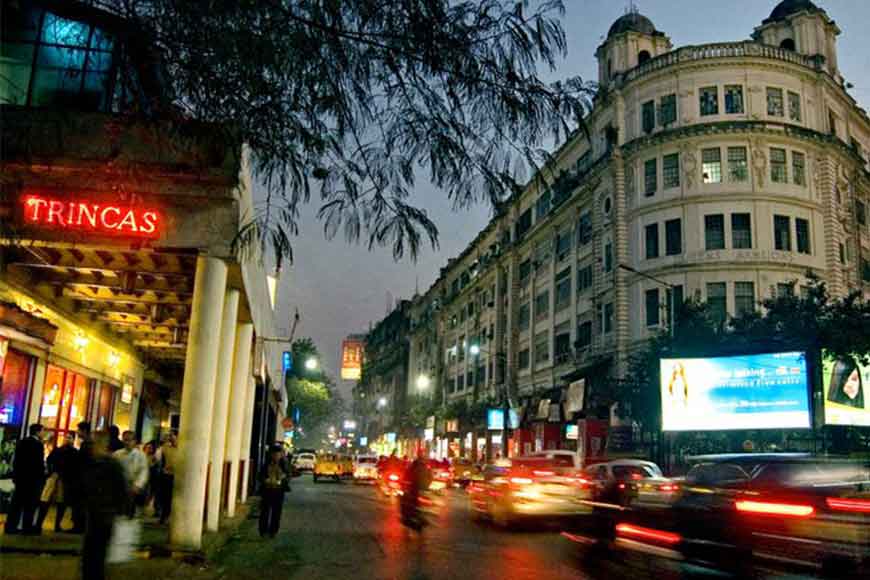
Point D - Park Street, Asiatic Society
Park Street was bluntly known as Burial Ground Road in the 1760s, owing to the number of cemeteries in the area, including South Park Street Cemetery, North Park Street Cemetery (replaced by Assembly of God Church School), and two smaller cemeteries, one French and one Italian, of which no traces remain. It then became Vansittart Avenue for some time in honour of Henry Vansittart, Governor of Bengal from 1759-64, who deposed Mir Jaffar and instated Mir Kasim as Nawab of Bengal. Finally, it became Park Street when the deer park of Sir Elijah Impey, Chief Justice of the Supreme Court in Calcutta from 1773-89, came up around it, and it gradually became one of the city’s most expensive residential and commercial areas. Today, it is officially known as Mother Teresa Sarani.
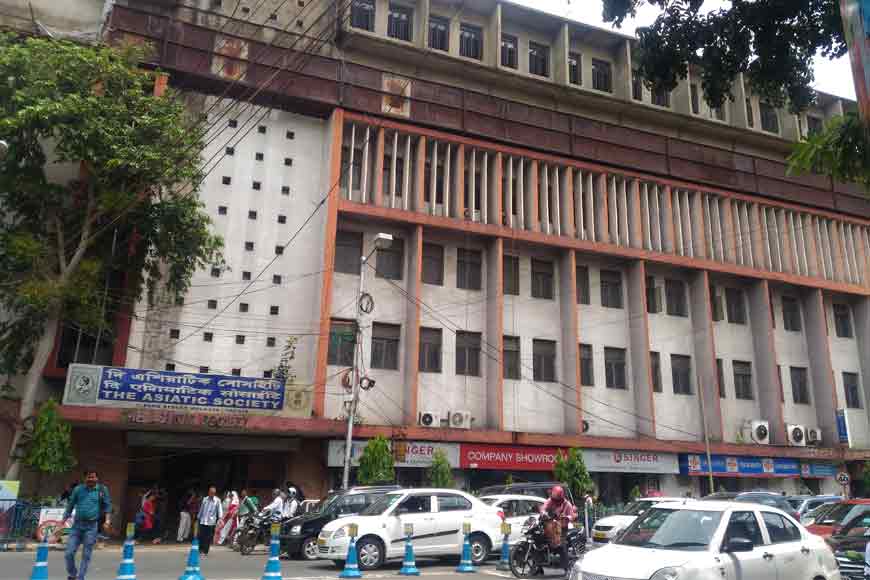
In the 1960s and 70s, Park Street was the lifeblood of Calcutta’s swinging nightlife, with its many plush restaurants, live music, and happening bars and nightclubs. Some of the aura still remains, though the cosmopolitan nature of the neighbourhood has diminished considerably.
At the junction of Park Street and Chowringhee Road is the Asiatic Society, founded by philologist William Jones in 1784 to “enhance and further the cause of Oriental research”, which in this case meant research into India and its surrounding regions. The organisation acquired its current premises in 1805, and the first quarterly meeting of the Society for 1808 was held in its new building on February 3. Today, the Society’s library has a collection of thousands and thousands of journals printed in almost all major languages of the world. It also has a collection of rare and valuable maps, old paintings, photographs, and rare and out of print books, including a printed book published in 1499.
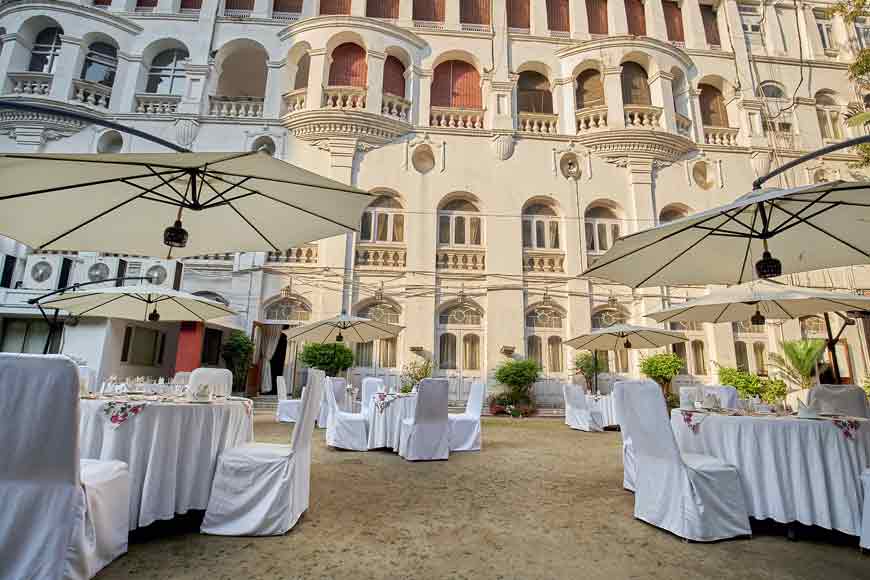
Point E - Russell Street
As you walk down Park Street from the Asiatic Society, turn right into Russell Street, notable primarily for the presence of the Bengal Club, which was founded in 1827 and is said to be the oldest social club in India. Still known for its old-world ambience and patronage among the contemporary social and corporate elite, the club’s present site was the location where the residence of Thomas Babington Macaulay once stood. In the early 1900s, large parts of the original residence were dismantled and redesigned by Vincent Esch, superintending architect of the Victoria Memorial.
Also on Russell Street is the building of the Royal Calcutta Turf Club, which was originally the home of the Apcar family: a two-storeyed, graceful Palladian building dating back to the early 19th century. The Calcutta Turf Club was founded on February 20, 1847 to regulate all aspects of horse racing in the city, taking over from the Bengal Jockey Club formed in 1803.
Next week, we will conclude the ‘White Calcutta’ segment of our walk, and venture farther south.










